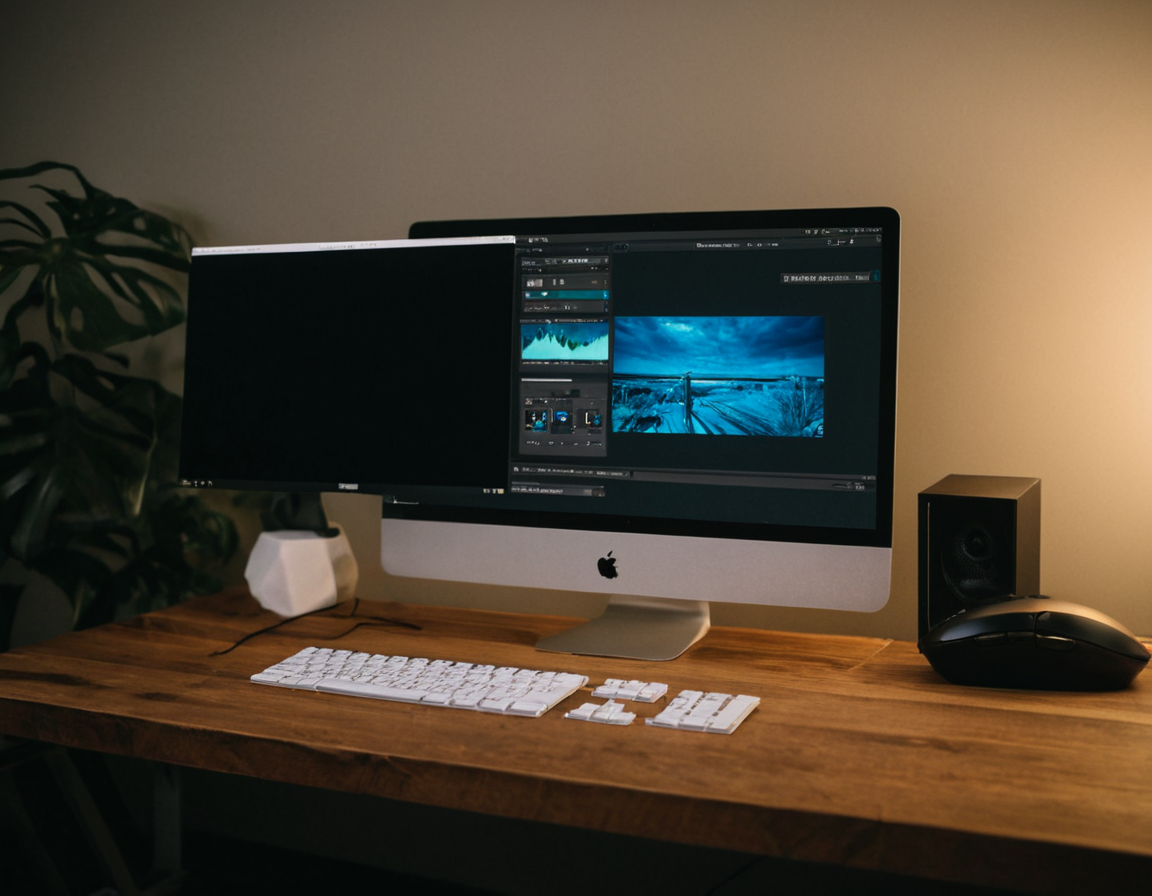RawTherapee Review - Free Lightroom Alternative

Uncovering the Hidden Capabilities of RawTherapee: A Comprehensive Review
RawTherapee, a free and open-source alternative to Adobe Lightroom, has been gaining popularity among photographers and image processing professionals. While its user interface may not be as polished as its paid counterparts, RawTherapee offers a wealth of features that make it an attractive option for those looking for a cost-effective solution.
Introduction
In this review, we will delve into the world of RawTherapee, exploring its capabilities, strengths, and weaknesses. We’ll examine its features, user interface, and performance, providing a comprehensive overview of this powerful image processing software.
What is RawTherapee?
RawTherapee is an open-source photo editor that aims to provide a free alternative to Adobe Lightroom. Its development began in 2009 as a project by a group of enthusiasts who wanted to create a tool that could rival the industry-standard software. Today, RawTherapee is maintained by a community of developers and contributors who work tirelessly to improve its features and stability.
Features and Capabilities
RawTherapee boasts an impressive array of features that make it a serious contender in the world of image processing. Some of its key capabilities include:
- RAW file support: RawTherapee supports a wide range of RAW formats, including those from popular camera manufacturers.
- Develop module: This is perhaps one of the most comprehensive develop modules available, offering a vast array of adjustments and effects.
- Noise reduction: The noise reduction tool in RawTherapee is highly regarded for its effectiveness in minimizing digital noise.
- Color grading: A robust color grading system allows users to fine-tune their images with precision.
While these features are certainly impressive, it’s worth noting that the user interface may not be as intuitive as some other software on the market. However, the developer community is actively working to improve the UI and make it more user-friendly.
User Interface and Performance
The user interface of RawTherapee can be a bit overwhelming at first, but once you get familiar with its layout and functionality, it becomes much more manageable. The software also has a reputation for being relatively lightweight, making it suitable for use on lower-end hardware.
Performance-wise, RawTherapee is capable of handling large datasets with ease. However, this comes at the cost of increased processing power requirements. As such, users may need to invest in more powerful hardware to ensure smooth performance.
Practical Example
Let’s take a look at an example of how you might use RawTherapee to adjust the exposure and contrast of an image:
- Import your RAW file into RawTherapee.
- Go to the Develop module and select the Exposure tab.
- Adjust the Exposure slider to fine-tune the brightness of the image.
- Next, go to the Contrast tab and adjust the slider as needed.
By following these steps, you can achieve impressive results in a matter of minutes.
Conclusion
RawTherapee is a powerful image processing software that offers a wealth of features at a fraction of the cost of industry-standard alternatives. While its user interface may not be as polished as some other options on the market, its developer community is actively working to improve it. With its robust feature set and performance capabilities, RawTherapee is definitely worth considering for photographers and image processing professionals looking for a cost-effective solution.
Call to Action
As you consider whether or not RawTherapee is right for your needs, we’d love to hear from you! Have you had any experiences with the software? Share your thoughts in the comments below.
Tags
raw-therapee-review lightroom-alternative open-source-photography image-processing-software free-photo-editing
About Miguel Reyes
AI and photography enthusiast | Formerly a digital imaging specialist at a top creative agency, helping clients master AI-powered editing tools. Now I help explore the frontiers of visual content creation at gophotos.com
